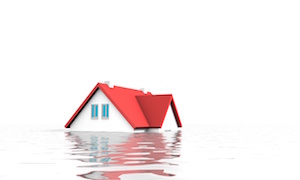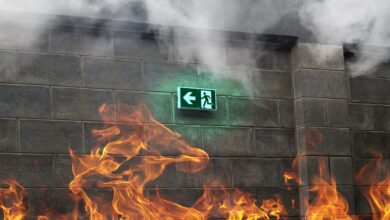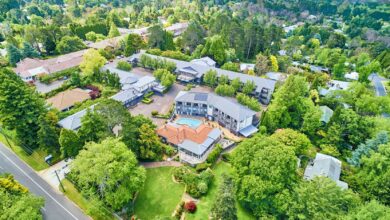
Water, water, everywhere…
Whether water occurs as a result of a storm, overflow or maybe a burst pipe, water leakage and resultant water damage can cause considerable destruction and stress.
This is particularly so in a community titles scheme where, for example, a water leak in a high-rise building has the potential to cascade downwards, leading to significant repairs. There is also the vexing question of who is responsible for water leakages and damage at a community titles scheme.
While my office cannot give legal advice or a ‘ruling’, this article will attempt to clarify some of the main issues to consider.
Section 20 of the Body Corporate and Community Management Act 1997 provides for the treatment of utility infrastructure as common property.
‘Utility infrastructure’ is defined as cables, wires, pipes, sewers, drains, ducts, plant and equipment by which lots or common property are supplied with utility services. A ‘utility service’ means, among other things, a telephone service or a cold water pipe. The responsibility for maintenance of utility infrastructure can only be determined when a number of factors have been identified, for example what is the nature of the utility infrastructure, who it services, what has caused any damage and where it is located.
While section 20 of the act states that utility infrastructure is common property, it does provide an exception.
This section provides that utility infrastructure will not be common property if three specific criteria are met, which are:
- that the utility infrastructure is solely related to supplying utility services to a lot
- that the utility infrastructure is within the boundaries of the lot, and
- that the utility infrastructure is located other than within a boundary structure for the lot (‘boundary structure’ means a floor, wall or ceiling that is the boundary of the lot with another lot or the common property).
It is important to note that all of the above criteria must apply for it not to be considered common property utility infrastructure. For example, if a leaking cold water pipe is located in a boundary structure (a wall) between two lots, the pipe is the responsibility of the body corporate to maintain. If the cold water pipe is not in a boundary structure and is within the lot and supplies a utility service only to the lot, the cold water pipe is the responsibility of the lot owner to maintain.
Another exception provided in legislation is the responsibility of a hot water system and its pipes and wiring. For example, if a hot water system services only one lot, the lot owner is responsible to maintain the hot water system and all associated pipes and wiring regardless of its location.
A common scenario is for a pipe to leak and cause damage to a lot or common property. In the first instance, the building insurance can be reviewed to make an insurance claim for water damage. The applicable regulation module will require most bodies corporate to hold building insurance that includes cover for lightning, storm tempest and water damage (amongst other things).
Whether the insurance company will accept the claim for water damage, or to what extent, is a decision for the insurance company.
For damage not covered by insurance, the responsibility for repair is generally determined by who was responsible for the maintenance of the pipe. For example, if the pipe was a common property responsibility as determined by section 20 of the act, the body corporate would be responsible for the repair and any damage caused to the lot or common property, including carpet, plasterboard or personal property.
The alternative is also relevant, for example, if a hot water system or an associated pipe that serviced only one lot leaked and damaged a lot or common property, it would be the responsibility of the lot owner to repair the damage.
An adjudicator has the power under section 281 of the act to order a person to undertake repairs or reimburse another person for repairs. In an application of this nature, an adjudicator must be satisfied that the applicant has suffered damage to the property because of a contravention of the act or the community management statement. The adjudicator must also believe that on reasonable grounds, the other person (the respondent) was responsible for the contravention.
There are many adjudicators’ decisions on this matter and it is worthwhile to read about the circumstances of each dispute – decisions can be found at www.austlii.edu.au.
Defining responsibility for water leakages and resultant damage is not necessarily a straightforward exercise and even if a lot owner or the body corporate could not foresee that the leak would have occurred, they may still be held responsible.
Each individual instance is different and there is no substitute for seeking your own independent advice, first about insurance requirements and then, in the event of an incident occurring, who is responsible and to what degree.
If it appears that responsibility is in dispute, it is a legislated requirement that an attempt be made to resolve the matter prior to accessing dispute resolution through my office. That attempt may, for example, involve putting a motion to a general meeting about water leakage and resultant damage or it may be as simple as speaking to other affected lot owners if and when it becomes apparent that water issues are occurring.
For further, general information, contact the Information Service of the Commissioner’s Office on 1800 060 119 or [email protected]. As well, the website at www.qld.gov.au/bodycorporate has a raft of information products which may assist.

AccomNews is not affiliated with any government agency, body or political party. We are an independently owned, family-operated magazine.







